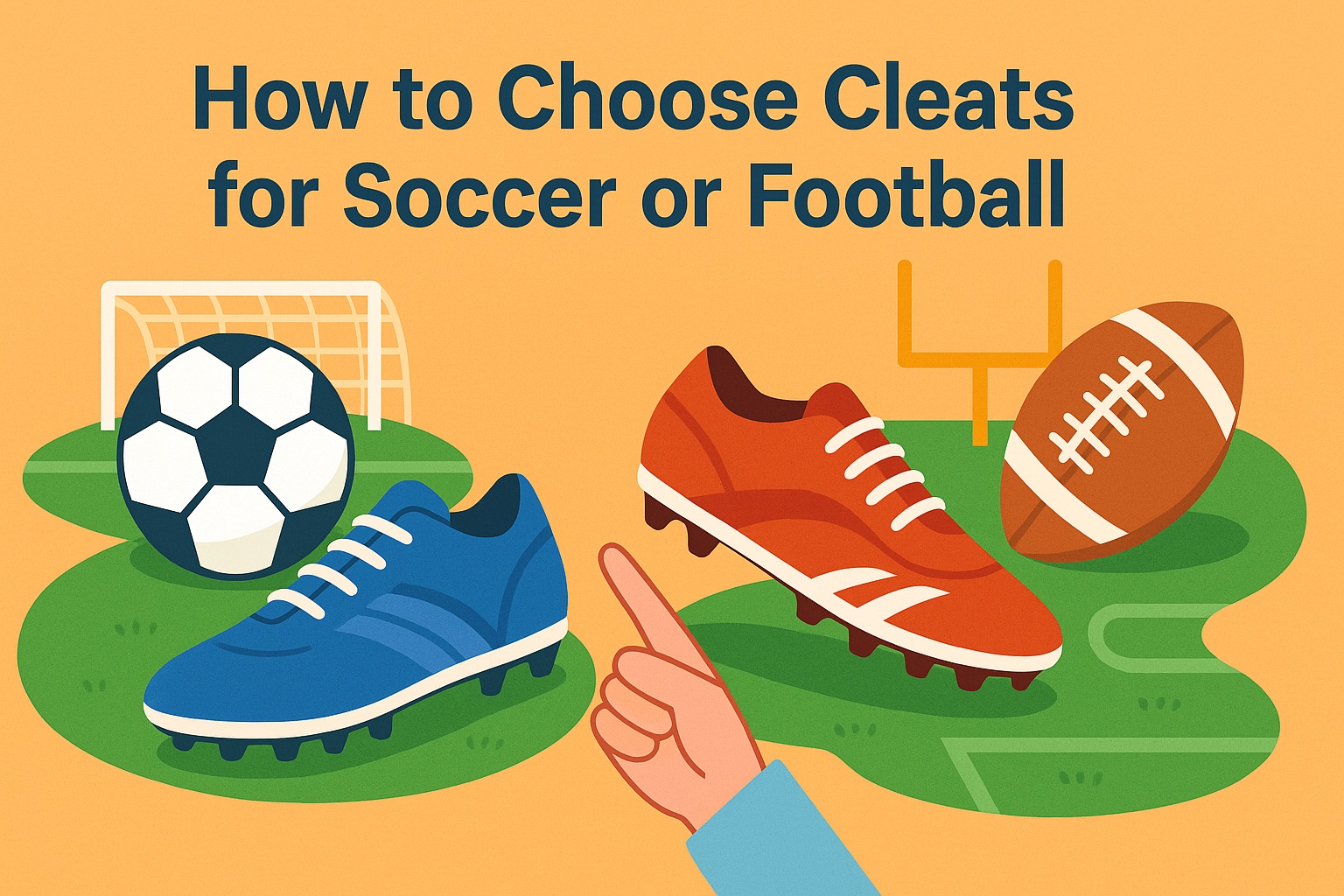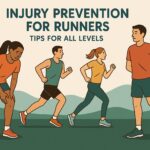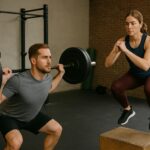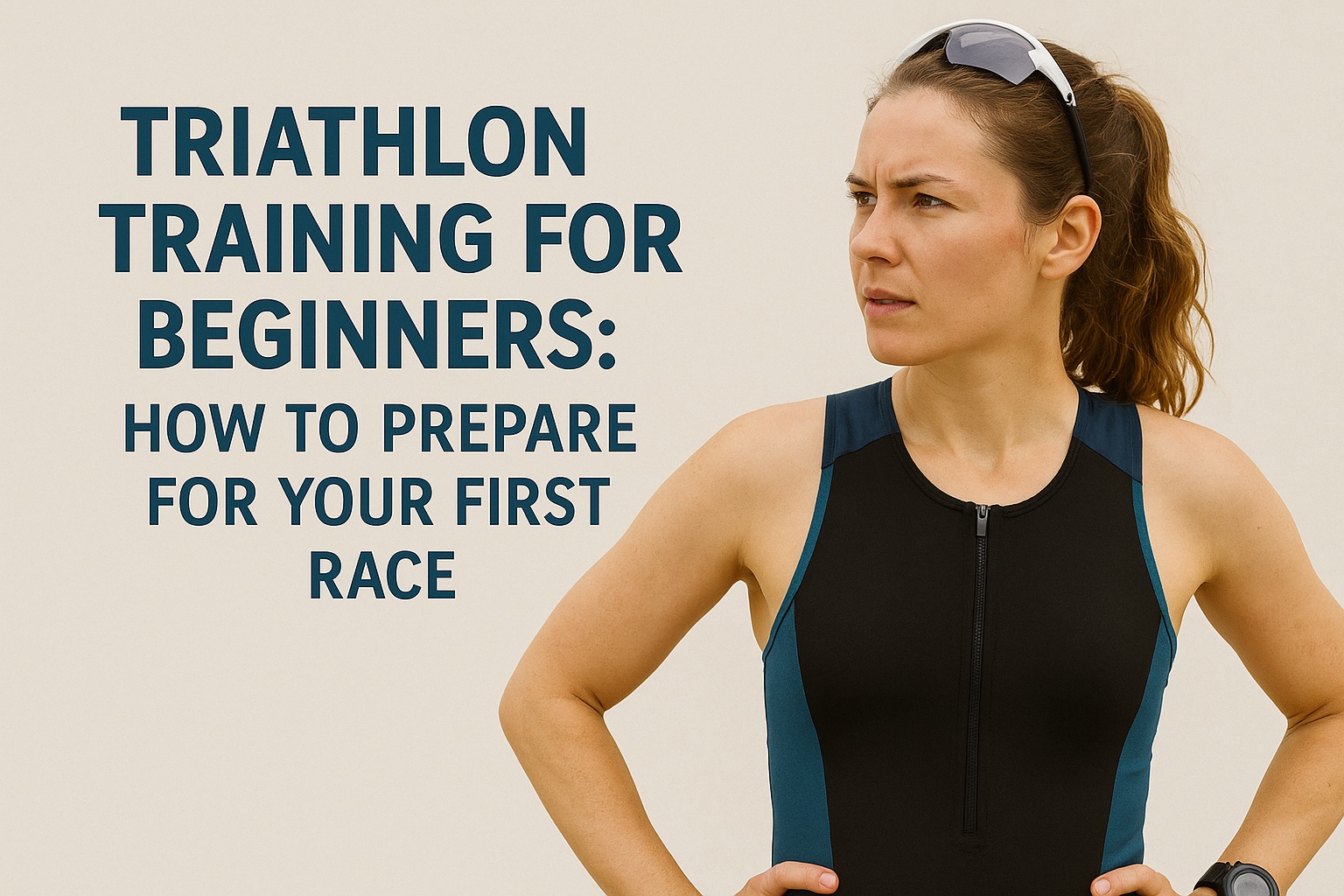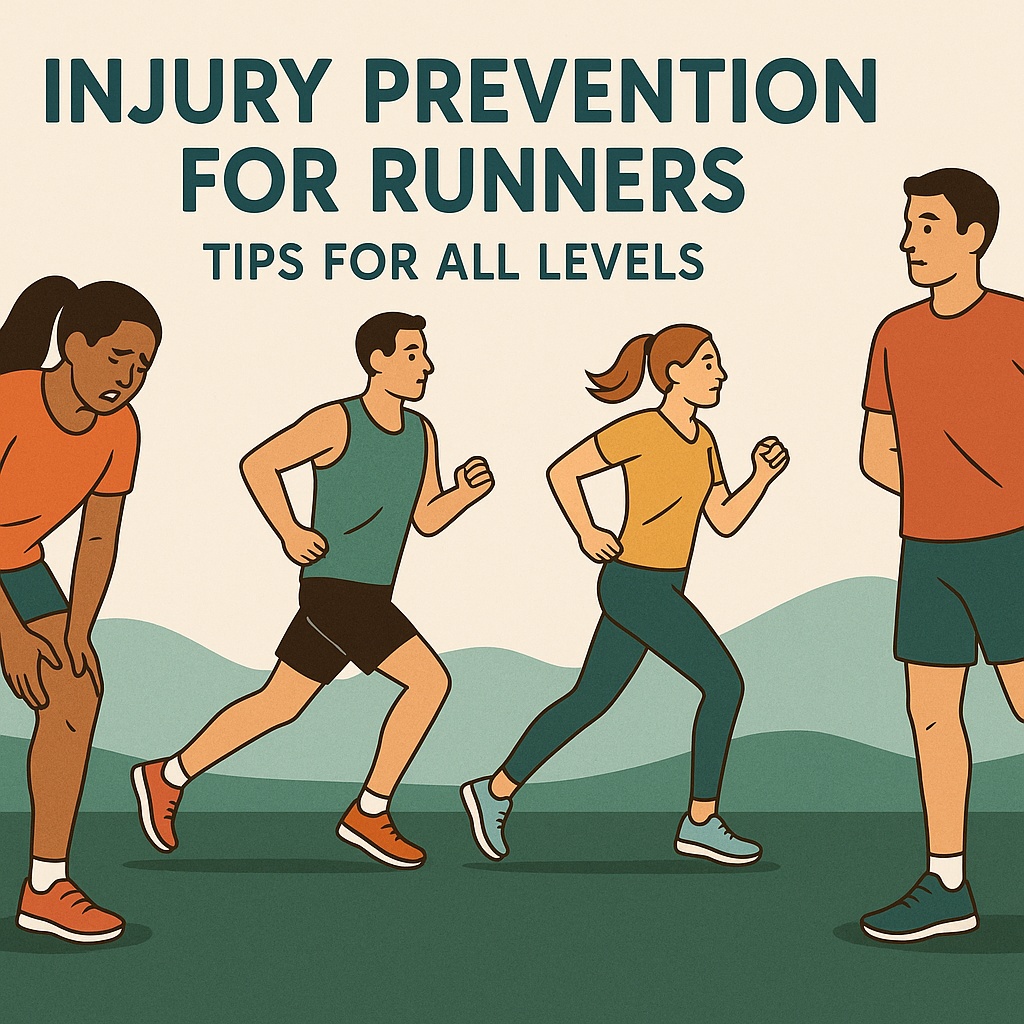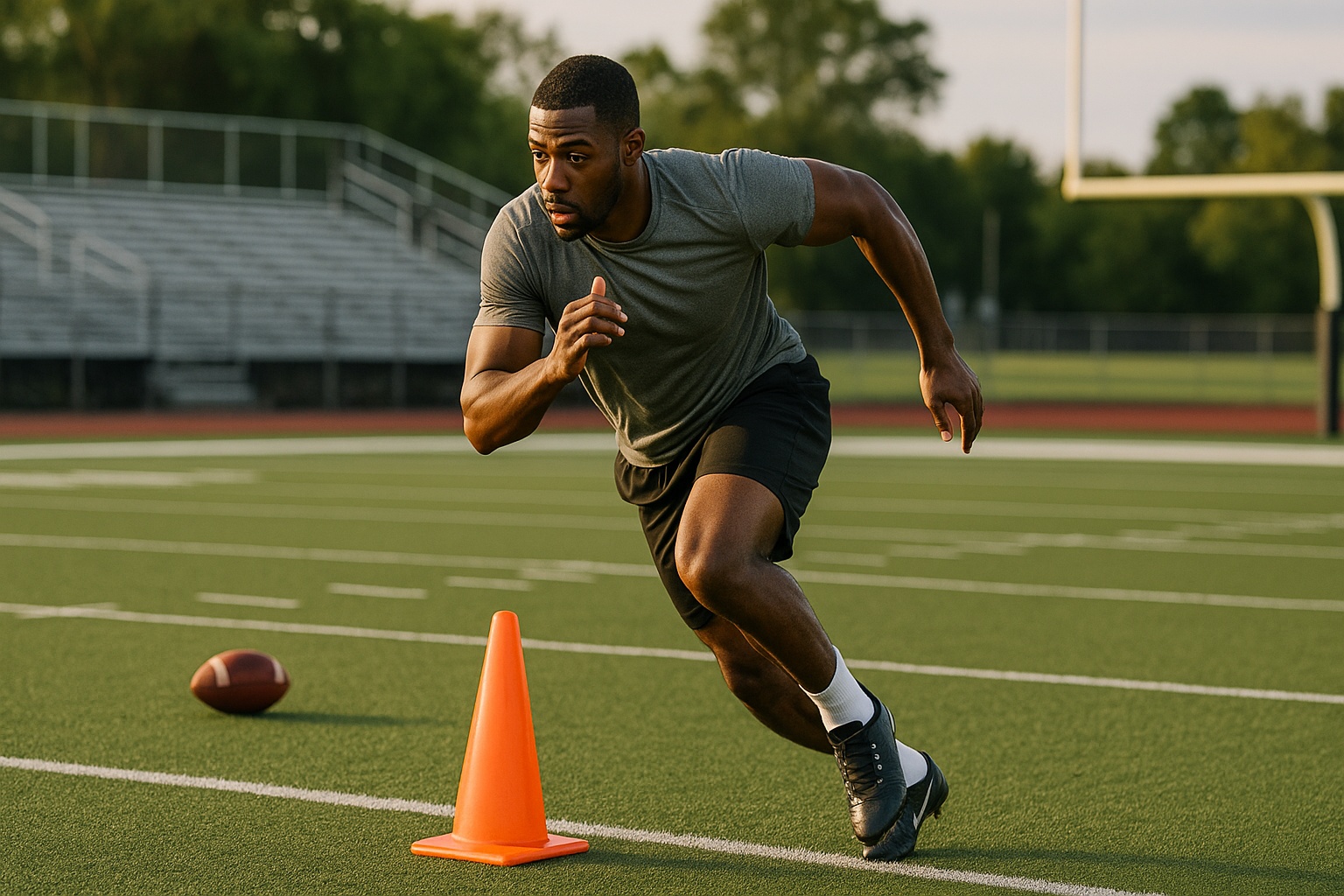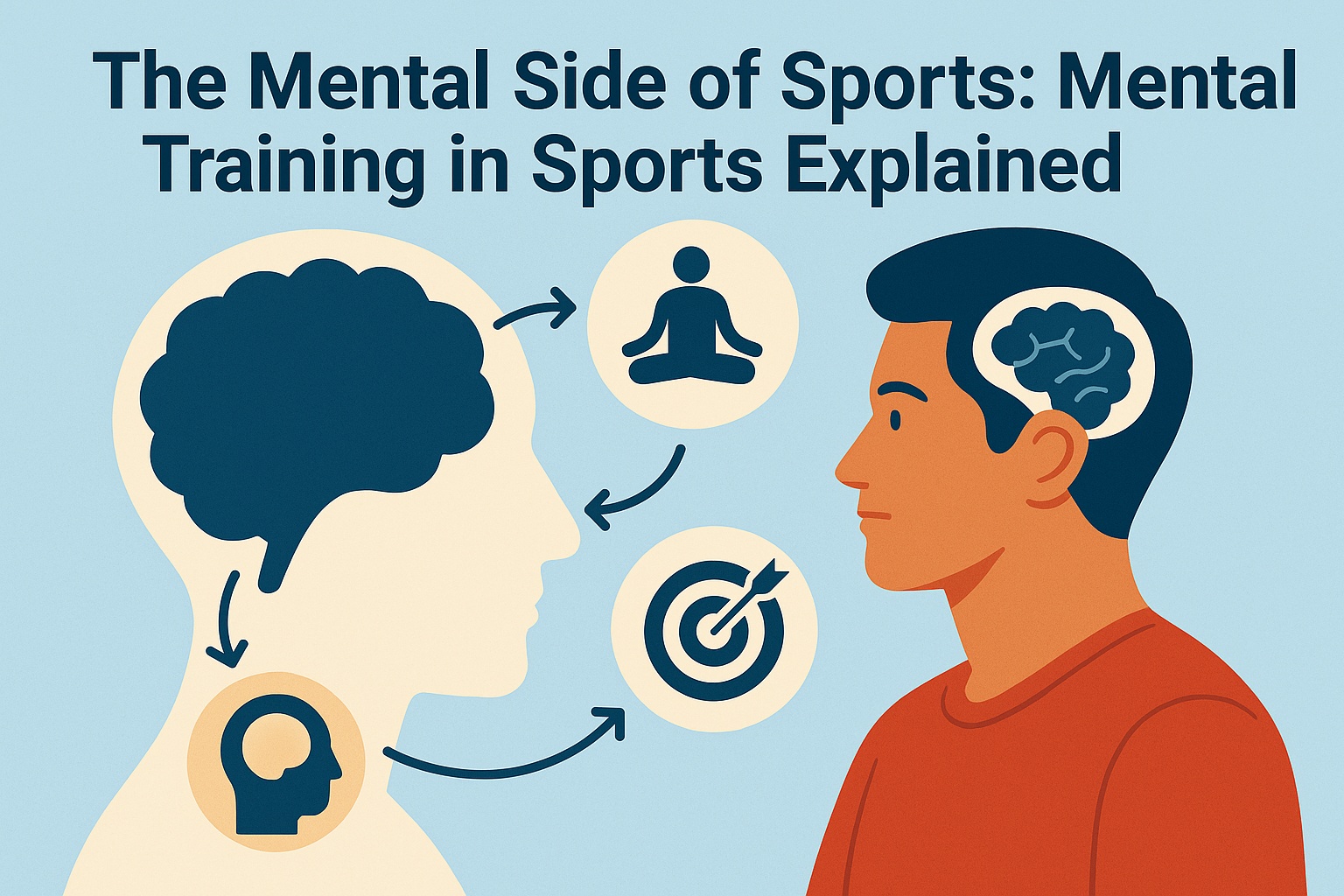How to Choose Cleats for Maximum Performance and Comfort
If you play soccer or football, the right pair of cleats can make or break your game. From traction to foot support, selecting the best cleats affects your speed, control, and injury risk. Knowing how to choose cleats based on surface type, playing style, and fit will help you perform at your best in every match or training session.
Why Cleats Matter in Competitive Sports
Cleats are more than just footwear—they’re performance tools. They improve grip on various surfaces, enhance agility, and provide the support needed for fast changes in direction. Choosing the wrong cleats can lead to blisters, lack of control, or even injury. This guide will walk you through all the critical considerations to help you pick the perfect pair.
1. Know Your Sport: Soccer vs. Football Cleats
- Soccer cleats are lightweight, low-cut, and built for speed, touch, and constant foot contact with the ball. They never have a toe cleat.
- Football cleats are bulkier, may have mid- or high-cut ankle support, and include a toe spike for traction during line play.
Buying the wrong cleats for your sport can affect both safety and performance, so always confirm the sport-specific design.
2. Understand Field Type: Match the Soleplate to the Surface
Where you play is just as important as what you play. Cleats are designed with surface-specific traction systems:
- Firm ground (FG): Best for natural grass, with molded plastic studs
- Soft ground (SG): Ideal for wet, muddy fields—typically metal-tipped studs
- Artificial ground (AG): Shorter, more numerous studs for synthetic turf
- Indoor (IN): Flat rubber soles for hardwood or turf courts
- Multi-ground (MG): Hybrid design for both grass and artificial turf
Using cleats not meant for your field can cause slips or even damage the playing surface.
3. Position Matters: Cleats by Playing Style
Knowing how to choose cleats includes understanding your position on the field:
- Football linemen: High-cut cleats for ankle stability and traction
- Football receivers/running backs: Low- or mid-cut for speed and cuts
- Soccer defenders: Durable studs and extra protection
- Soccer midfielders: Lightweight cleats for comfort and distance
- Soccer forwards: Cleats with excellent grip and shot precision
4. Find the Right Fit: Comfort Comes First
No matter how advanced the technology is, a poorly fitting cleat will hinder your performance. Keep these tips in mind:
- There should be no more than a thumb’s width between your toe and the cleat’s end
- The heel should be snug—no slipping when you run or cut
- Look for cleats that match your foot shape (narrow vs wide fit options)
- Try them on with your game socks and orthotics (if used)
Break in your cleats during practice, not on game day, to avoid discomfort or injury.
5. Material Choices: Leather vs Synthetic Uppers
The material of your cleats affects weight, touch, and durability:
- Kangaroo leather (K-leather): Very soft and responsive—great ball feel but less durable
- Full-grain leather: Slightly heavier but very durable and comfortable
- Synthetic materials: Lightweight, water-resistant, and often more affordable
- Knitted uppers: Trendy in soccer—form-fitting and breathable, but less structured
6. Consider Ankle Support: Low vs Mid vs High Cut
Ankle collar height can affect mobility and injury prevention:
- Low-cut cleats: Maximum mobility—preferred in soccer and speed positions
- Mid-cut cleats: Balance of support and movement—popular in football
- High-cut cleats: More ankle protection—ideal for linemen and players prone to ankle rolls
7. Cleat Maintenance Tips to Extend Performance
- Clean mud and debris after each use
- Let cleats dry completely—avoid direct heat
- Store in a ventilated area, not in your gym bag
- Check studs regularly for wear and tear
Taking care of your cleats keeps them functional and safe for longer.
Comparison Table: Cleat Features at a Glance
| Feature | Soccer Cleats | Football Cleats |
|---|---|---|
| Toe Spike | No | Yes |
| Ankle Height | Low-cut only | Low / Mid / High |
| Weight | Very lightweight | Heavier for protection |
| Ball Control Design | Essential | Not needed |
| Primary Focus | Speed, control, flexibility | Traction, stability, support |
Conclusion: Know How to Choose Cleats That Fit Your Game
Whether you’re gearing up for soccer season or taking the football field, knowing how to choose cleats ensures better performance, fewer injuries, and more confidence. Match your cleats to your sport, position, and playing surface—and don’t compromise on fit. In 2025, athletes who take their gear seriously give themselves a competitive edge from the ground up.
